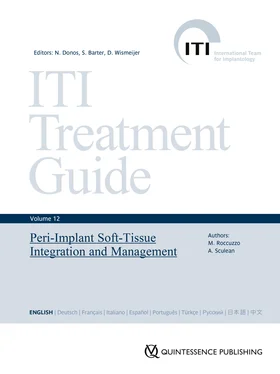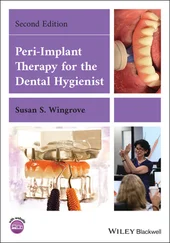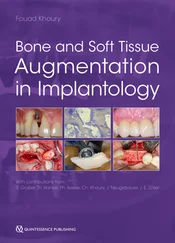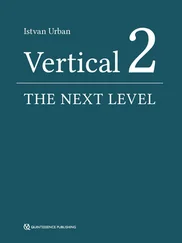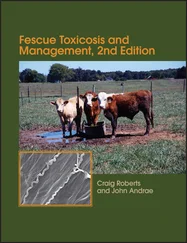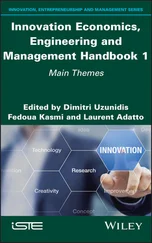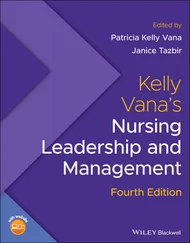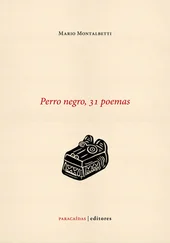(periodontology, implantology, oral surgery)
Via Giuseppe Posca 15
70124 Bari (BA)
Italy
raffaelecavalcanti@gmail.com
Nikolaos Donos
DDS, MS, FHEA, FDSRC, PhD
Professor, Head and Chair, Periodontology and Implant Dentistry
Head of Clinical Research
Institute of Dentistry, Barts and The London School of Medicine and Dentistry Queen Mary University of London
Turner Street
London E1 2AD
United Kingdom
n.donos@qmul.ac.uk
Daniel Etienne
Dr chir dent, MSc
Private practice
1, Avenue Bugeaud
75116 Paris
France
etienne@paro-implant.com
Jason R Gillespie
BS DDS MS
Private prac:ce (Prosthodon:cs)
105 W El Prado Dr
San Antonio, TX 78212-2024
United States of America
jason@gillespie.dental
Alfonso Gil
DDS, MS, PhD
Resident Physician
Clinic of Reconstructive Dentistry
Center of Dental Medicine
University of Zurich
Plattenstrasse 11
8032 Zurich
Switzerland
alfonso.gil@zzm.uzh.ch
Christoph Hämmerle
Professor, Dr med dent, Dr h c
Chair
Clinic of Reconstructive Dentistry
Center of Dental Medicine
University of Zurich
Plattenstrasse 11
8032 Zurich
Switzerland
christoph.hammerle@zzm.uzh.ch
Vincenzo Iorio-Siciliano
DDS, MS, PhD
Department of Periodontology
University of Naples Federico II
Via Sergio Pansini 5
80131 Napoli (NA)
Italy
enzois@libero.it
Ronald Jung
Professor, Dr med dent, PhD
Head, Oral Implantology
Clinic of Reconstructive Dentistry
Center of Dental Medicine
University of Zurich
Plattenstrasse 11
8032 Zurich
Switzerland
ronald.jung@zzm.uzh.ch
Eduardo Lorenzana
DDS, MSc
Private practice (periodontology)
3519 Paesano’s Parkway
Suite 103
San Antonio, TX 78231-1266
United States of America
drlorenzana@yahoo.com
Neil MacBeth
BDS, MFGDP, MGDS RCS, MFDS RCS, FFGDP (UK), MSc, FDS RCS (Rest Dent), CDLM, RAF
Consultant in Restorative Dentistry – Defence Primary Health Care
Clinical Senior Lecturer in Periodontology
Institute of Dentistry, Queen Mary University of London
Institute of Dentistry, Barts and The London School of Medicine and Dentistry
Turner Street
London E1 2AD
United Kingdom
n.d.macbeth@qmul.ac.uk
Kurt Riewe
DDS
Private practice, Stone Oak Dental
335 E Sonterra Blvd
Suite 150
San Antonio, TX 78258-4295
United States of America
kurt.riewe@gmail.com
Shakeel Shahdad
BDS, MMedSc, FDS RCSEd, FDS (Rest. Dent.) RCSEd, DDS, FDT FEd
Consultant in Restorative Dentistry
Barts Health NHS Trust
The Royal London Dental Hospital
and
Honorary Clinical Professor in Oral Rehabilitation and Implantology
Barts and The London School of Medicine and Dentistry
Queen Mary University of London
Turner Street
London, E1 1DE
United Kingdom
shakeel.shahdad@nhs.net
Daniel Thoma
Professor, Dr med dent
Vice-Chairman
Head, Reconstructive Dentistry
Clinic of Reconstructive Dentistry
Center of Dental Medicine
Vice Chairman, Center for Dental Medicine
University of Zurich
Plattenstrasse 11
8032 Zurich
Switzerland
daniel.thoma@zzm.uzh.ch
Pietro Venezia
DDS
Adjunct Professor
Department of Prosthodontics
University of Catania (Italy)
and
Private practice
Via G. Posca, 15
70124 Bari (BA)
Italy
pierovenezia@gmail.com
Table of Contents
1 Introduction
M. Roccuzzo
2 Importance of the Peri-Implant Soft Tissues
A. Sculean
3 Soft-Tissue Management around Tissue-Level Implants
M. Roccuzzo
3.1 Soft-Tissue Management at Implant Placement
3.2 Soft-Tissue Management Before Implant Placement
3.3 Soft-Tissue Management During Supportive Care
4 Soft-Tissue Grafting After Implant Placement
M. Roccuzzo, A. Sculean
4.1 Increasing the Width of the Keratinized Mucosa
M. Roccuzzo
4.2 Soft-tissue Replacement Materials
A. Sculean
5 Peri-Implant Soft-Tissue Dehiscences
5.1 Indications for Peri-Implant Soft-Tissue Dehiscence Coverage
M. Roccuzzo
5.2 Techniques for Treating Peri-Implant Soft-Tissue Dehiscences
M. Roccuzzo
5.2.1 Tunneling Technique for Treating Peri-Implant Soft-Tissue Dehiscences
A. Sculean
6 Clinical Case Presentations
6.1 Implant Placement in the Esthetic Zone and Coverage of Multiple Gingival Recessions
S. Aroca
6.2 Periodontal Plastic Surgery and Prosthetic Procedures to Treat Peri-Implant Soft-Tissue Dehiscences
P. Casentini
6.3 GBR and Soft-Tissue Augmentation Following Explantation to Rehabilitate a Soft- and Hard-Tissue Defect
R. Cavalcanti, P. Venezia
6.4 Soft-Tissue Volume Augmentation Using a Connective-Tissue Graft Harvested from the Maxillary Tuberosity
D. Etienne
6.5 Connective-Tissue Graft to Increase the Width of the Keratinized Mucosa Around an Osseointegrated Implant
V. Iorio-Siciliano
6.6 Soft- and Hard-Tissue Regeneration and Implant-Supported Restorations to Treat a Complex Anterior Maxillary Case
R. Jung, A. Gil, C. Hämmerle, D. Thoma
6.7 Early Implant Placement, Contour Augmentation, and Autologous Connective-Tissue Graft Using a Tunneling Technique to Replace an Upper Incisor with Generalized Gingival Recession
E. Lorenzana, J. Gillespie
6.8 Connective-Tissue Graft to Augment the Buccal Tissue for a Bone-Level Implant at an Upper Incisor Site
E. Lorenzana, K. Riewe
6.9 Treatment of a Soft-Tissue Fenestration in the Esthetic Zone
N. MacBeth, N. Donos
6.10 Covering a Soft-Tissue Dehiscence at a Mandibular Incisor
M. Roccuzzo
6.11 Soft-Tissue Augmentation Using a Porcine-Derived Collagen Matrix to Correct a Labial Soft-Tissue Defect Following Extraction of a Maxillary Incisor
S. Shahdad
7 Conclusions
M. Roccuzzo
8 References
1 Introduction
M. Roccuzzo
In the earlier days of implant dentistry, osseointegration was considered to be a sufficient condition for long-term successful implant rehabilitation. With time, however, it became evident that soft-tissue integration is of significant importance and that the formation of an early and long-standing effective mucosal barrier, capable of biologically protecting the peri-implant structures, is essential. This soft-tissue barrier is mainly the result of a wound-healing process that results in an effective interface between “living tissues” and a “foreign body” (Rompen and coworkers 2006).
Whether the presence of a minimum amount of keratinized mucosal (KM) is necessary for the long-term maintenance of peri-implant health has been controversial for many years. Several researchers have found that insufficient KM may be correlated with plaque accumulation, bleeding on probing, discomfort when brushing, mucosal recession, and peri-implant mucositis (Bouri and coworkers 2008; Boynueğri and coworkers 2013; Chung and coworkers 2006; Roccuzzo and coworkers 2016). Other researchers were unable to obtain similar findings (Frisch and coworkers 2015), with some even suggesting that KM may not be essential in the presence of scrupulous oral hygiene and rigorous compliance with a professional maintenance regimen (Lim and coworkers 2019).
On the other hand, complete osseointegration and perfect soft-tissue integration are not necessarily correlated with successful esthetic rehabilitation of a missing tooth or teeth. Indeed, success criteria for esthetically sensitive areas must include measurements of the peri-implant mucosa, as well as the restoration and its relationship to the surrounding dentition (Belser and coworkers 2004).
Читать дальше
